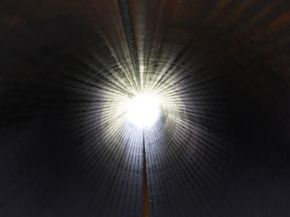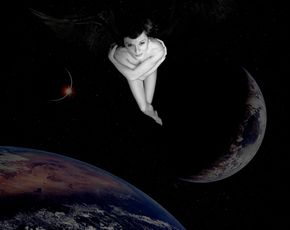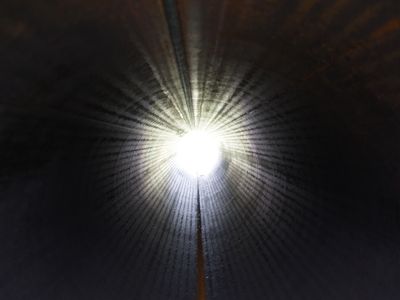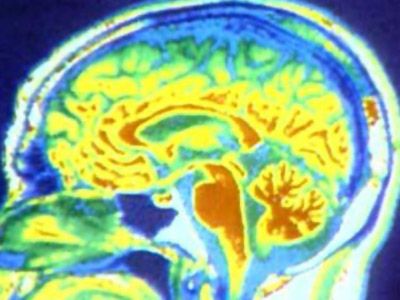In 1991, Atlanta, GA resident Pam Reynolds had a near-death experience (NDE). Reynolds underwent surgery for a brain aneurysm, and the procedure required doctors to drain all the blood from her brain. Reynolds was kept literally brain-dead by the surgical team for a full 45 minutes. When Reynolds was resuscitated, she recounted experiences she had while deceased -- like interacting with dead relatives. Even more amazing is that Reynolds was able to describe her surgical procedure, including the bone saw used to remove part of her skull [source: Parker].
What's remarkable about Reynolds' experience is how it combines a near death experience with an out of body experience (OBE). Science has made headway explaining these weird phenomena, with two studies on the separate aspects of Reynolds' experience conducted in 2007. Each seems to explain how a person can have an OBE or a NDE, but can they explain Reynolds' experience? Can science prove or rule out the possibility of an afterlife?
Advertisement



